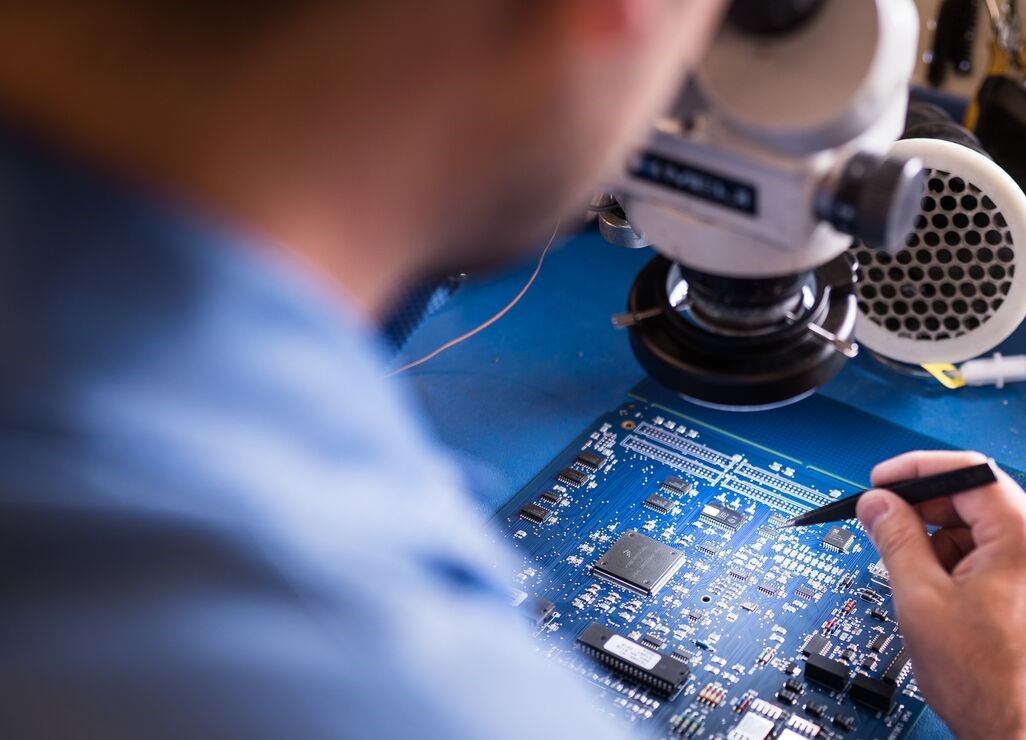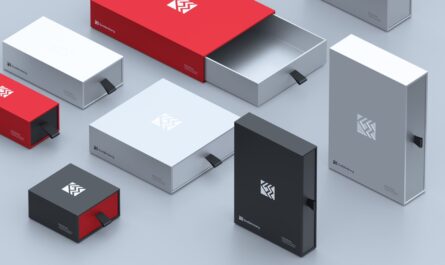The industrial landscape is constantly evolving with new technologies that aim to improve production efficiency and quality. Sensors have become an indispensable part of modern industrial operations, facilitating automation, process monitoring and quality control. Their widespread deployment across various sectors has revolutionized manufacturing.
Role of Sensors in Automation
Industrial automation relies heavily on sensors to transfer real-time information about processes, enabling autonomous operations with minimal human intervention. Sensors allow machines to “see”, “feel” and make decisions based on the environment. Proximity sensors, pressure sensors, load cells, temperature sensors etc. provide critical input for automated systems to function precisely as intended without errors.
Modern robotic arms used for tasks like welding, painting, assembly etc. would not be possible without position sensors that give location data and limit switches to prevent collisions. Conveyor belts detect presence and orientation of products using optical sensors to smoothly transfer materials through production lines. Level sensors maintain optimal fluid levels in tanks and vessels. Proximity sensors prevent dangerous interactions between humans and robots in shared workspaces.
Monitoring & Control of Industrial Processes
Sensors collect valuable performance metrics that help operators remotely monitor and control manufacturing operations. pH sensors, conductivity probes and dissolved oxygen sensors in wastewater treatment facilities ensure effluent quality before discharge. Hygienic processes in food & beverage industries rely on temperature and contamination sensors for food safety.
Continuous emission monitoring systems equipped with opacity monitors, particulate matter sensors, SOx/NOx analyzers etc. track stack emissions from power plants and refineries in real-time to comply with environmental regulations. Vibration sensors on motors and bearing detect anomalies long before catastrophic failures. Pressure transmitters maintain critical process parameters like reactor pressure, flow rates etc. within setpoints.
All this actionable data from distributed sensors is integrated into SCADA/DCS systems via fieldbus networks, enabling proactive maintenance through predictive analytics. Automatic alerts notify operators of deviations to take corrective actions before issues escalate. This leads to reliability, consistent quality output and optimized processes.
Advancing Quality Control
Quality inspection is indispensable for reputed manufacturers seeking competitive advantage. Vision sensors, metal detectors and check weighs conduct 100% inline inspection to catch defects and meet stringent standards. Optical character recognition reads codes, dates and ensures product traceability. X-ray detectors identify foreign material contamination in foods. 3D laser profilometry checks surface finishes, dimensions and geometries during assembly evaluations.
Laboratory analysis of material properties relies heavily on calibrated sensor instruments. Texture analyzers, colorimeters, rheometers quantitatively profile attributes like texture, color, viscosity that impact perceived quality and consistency. Near-infrared spectrometers rapidly analyze composition without sample preparation. Portable devices like thermometers, hygrometers provide on-site quality control. Strict sensor calibration cycles uphold test result reliability and integrity.
Enabling Predictive Maintenance
Condition monitoring through embedded intelligence transforms routine reactive maintenance into proactive prevention of failures. Industrial Sensors attached to rotating equipment continuously transmit data to cloud platforms for automated analytics. Algorithms trained on reference vibration signatures can identify anomalous operating conditions long before audible or visible symptoms arise.
Thermography cameras scan entire facilities to detect hotspots from poor electrical connections, overloading or bearing issues invisible to the naked eye. Acoustic sensors listen for unusual noises within machinery queues maintenance focus on the right components. Lubricant analysis gives oil life estimates. Combined with equipment uptime tracking, this predictive approach optimizes maintenance spend by targeting the root cause rather than reacting to breakdowns.
*Note:
1. Source: Coherent Market Insights, Public sources, Desk research
2. We have leveraged AI tools to mine information and compile it




